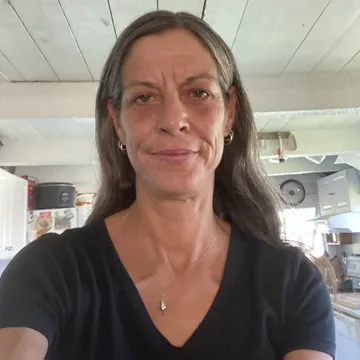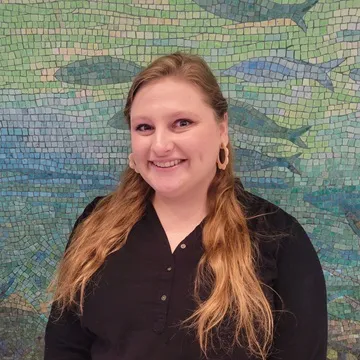Image


Ocean floor ecosystems that receive little to no sunlight – the mesophotic benthic zone (50-300 m depth) and deep benthic zone (greater than 300 m) - house a diversity of life that plays critical roles in carbon cycling and marine food webs (learn more via The Deep Sea). While they may seem isolated and inaccessible, these ecosystems can be directly affected by human activities such as trawling or deep-sea resource extraction (Deep-Sea Corals). In 2010 an explosion on the Deepwater Horizon oil rig located 41 miles off the coast of Louisiana led to the largest marine oil spill in U.S. history, and today we are working to assess and restore impacted seafloor organisms and ecosystems (Gulf Oil Spill).
The NMNH has formed a new partnership with the project teams charged with restoring and conserving habitat in deep waters of the coast of Texas, Louisiana, Mississippi, Alabama, and Florida. The Mesophotic and Deep Benthic Communities (MDBC) portfolio, led by the National Oceanic and Atmospheric Administration (NOAA) and Department of the Interior (DOI), consists of four projects working to restore ocean floor ecosystems impacted by the Deepwater Horizon oil spill. Objects of these MDBC projects include seafloor mapping, coral propagation, and habitat assessment to improve our understanding, inform management, and ensure resiliency of mesophotic and deep benthic communities (Deep Gulf Restoration).
The Department of Invertebrate Zoology at the NMNH is partnering closely with the MDBC project teams to help characterize biodiversity, since understanding what, where, when and how marine life is distributed across space and time is fundamental to successful conservation and ecosystem restoration. NMNH-MDBC personnel will help map and characterize mesophotic and deep benthic life through core scientific tasks linked below.

Tara is a Marine Ecologist that has been working in the deep-sea environment since 2000. She is currently working on video analysis of deep-sea communities from submersible and remote operated vehicle (ROV) dives in areas impacted by the Deepwater Horizon oil spill

Cori is a genomic scientist who uses molecular and bioinformatic tools and techniques to generate, quality control, and analyze the DNA sequence data from MDBC specimens, including sponges, corals, and crustaceans, to name a few.

Jamie is an educator shedding light on the remote habitats where the MDBC restoration work is focused. Through informal education opportunities like interactive carts in the Sant Ocean Hall, articles on the NMNH Ocean Portal website, and livestreams with MDBC cruises in the Explore Theater, Jamie is educating NMNH visitors on these unfamiliar habitats.

Nina is genome skimming historical museum samples and using photogrammetry to create 3D models of specimens collected during recent MDBC expeditions.